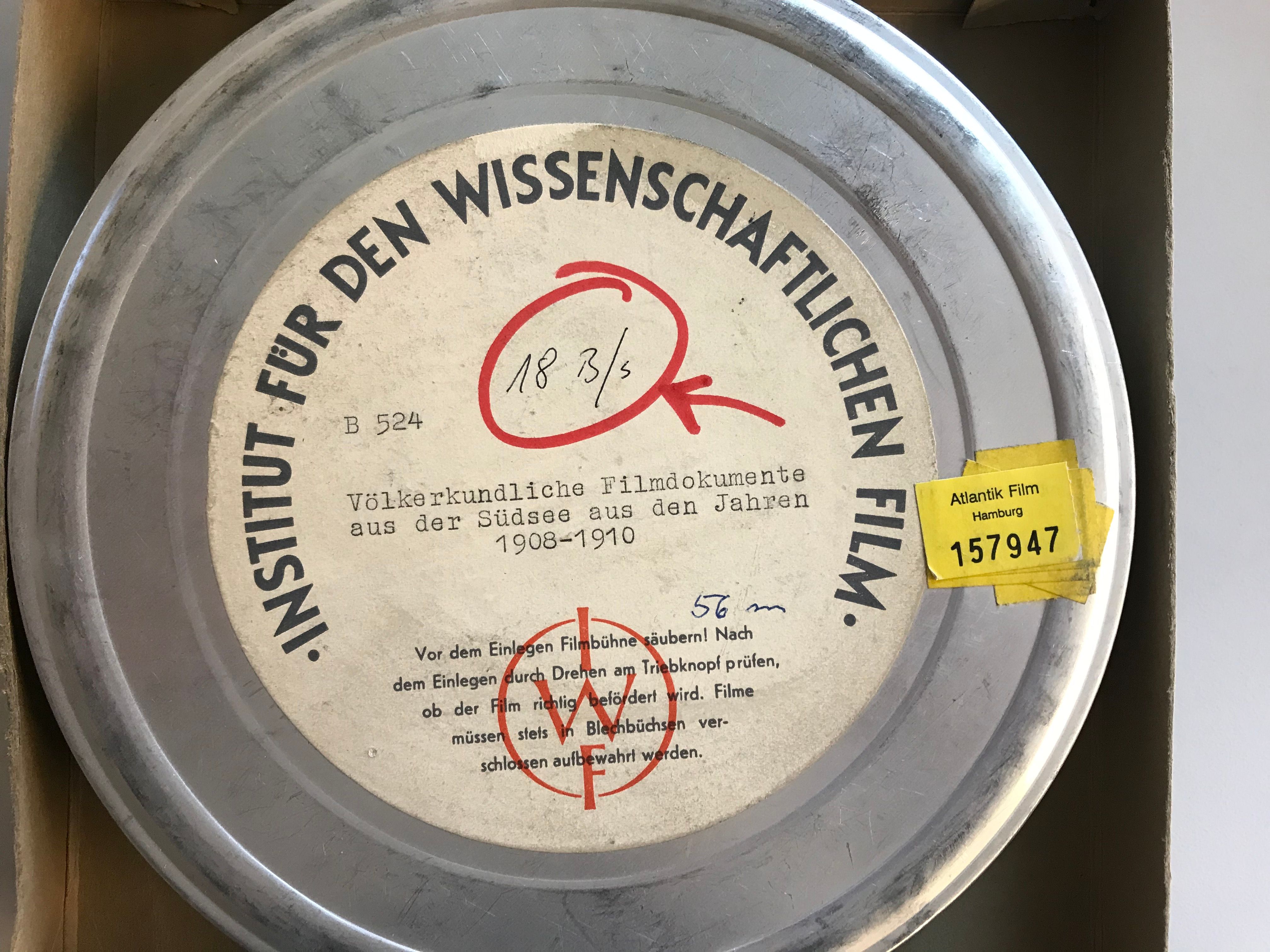Double Vision: Encountering Early Ethnographic Films in the Digital Archive
Main Article Content
Abstract
In 1908, Georg Thilenius, director of the Hamburg Museum für Völkerkunde, sent a group of researchers on an expedition to the then-German colonies in Melanesia and Micronesia. The team was also equipped with a film camera. In comparison to the several thousand photographs, sketches, and notes the quantity of film produced was very low: only around eleven minutes could be shot on 35mm footage. This footage, transferred to 16mm film in the 1940s and digitised in 2018-19, is analysed both as an event of early ethnographic filmmaking and as a specific archival object: to date the object biography of the Hamburg films shows significant changes of their materiality and no less important ruptures concerning their preserving archives. This featurette raises questions about the significance of film recordings for ethnographic research, the role of archives and museums in their preservation or digitisation, and, not least, their entanglement in German colonial politics. It reconstructs the object biography of the Hamburg films based on signatures, inventory lists, and descriptions of the expedition members to shed light on this entanglement and to question its status as an archival object. In doing so it argues for a relational understanding of ethnographic filmmaking and its preservation that accounts for the responsibilities, constraints, and different interests of the people and institutions involved in capturing, distributing, and transforming moving images into an archival object.
Article Details

This work is licensed under a Creative Commons Attribution 4.0 International License.
Authors who publish with this journal agree to the following terms:
- Authors retain copyright and grant the journal right of first publication with the work simultaneously licensed under a Creative Commons Attribution License that allows others to share the work with an acknowledgement of the work's authorship and initial publication in this journal.
- Authors are able to enter into separate, additional contractual arrangements for the non-exclusive distribution of the journal's published version of the work (e.g., post it to an institutional repository or publish it in a book), with an acknowledgement of its initial publication in this journal.
- Authors are permitted and encouraged to post their work online (e.g., in institutional repositories or on their website) prior to and during the submission process, as it can lead to productive exchanges, as well as earlier and greater citation of published work (See The Effect of Open Access).

